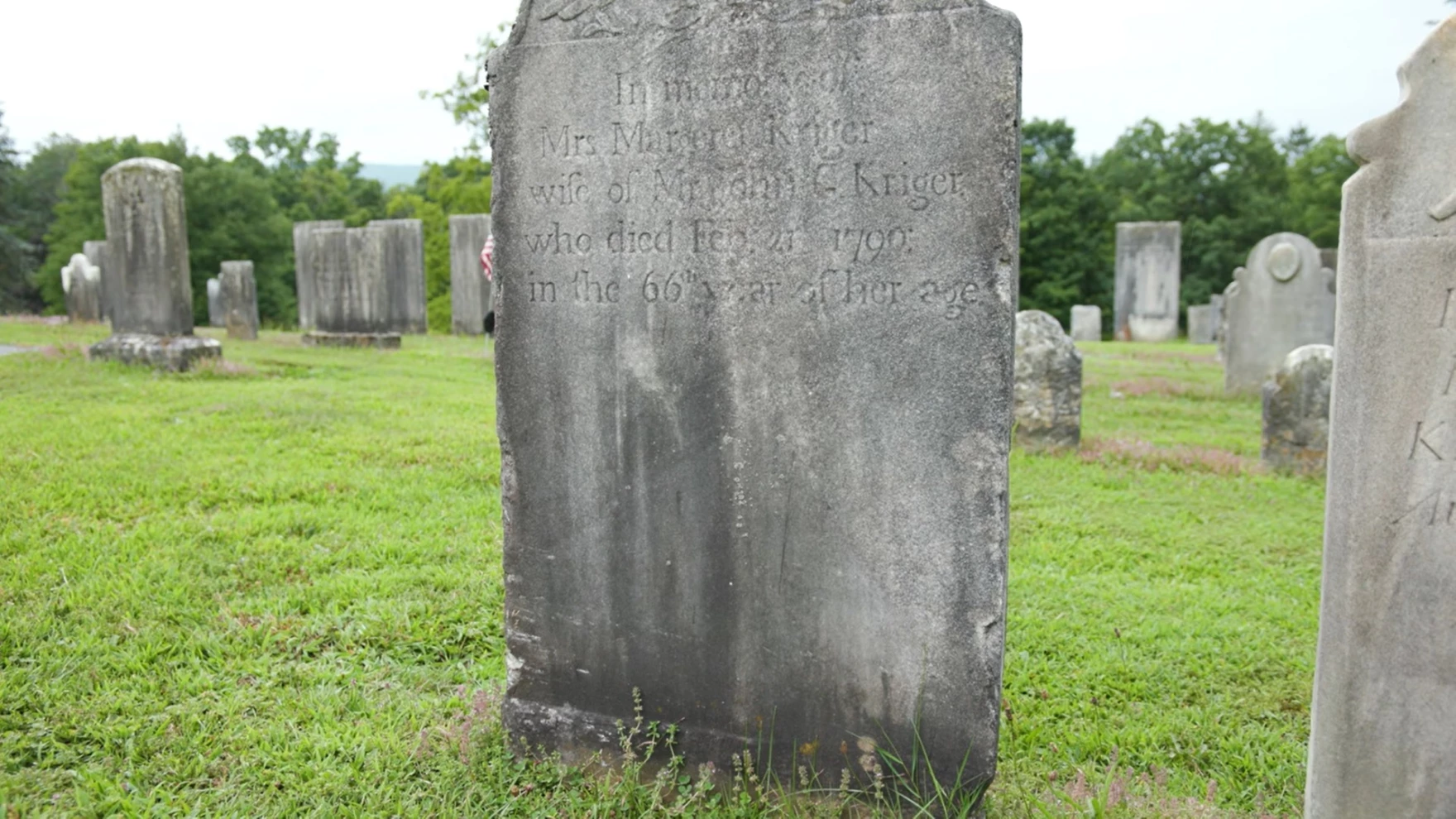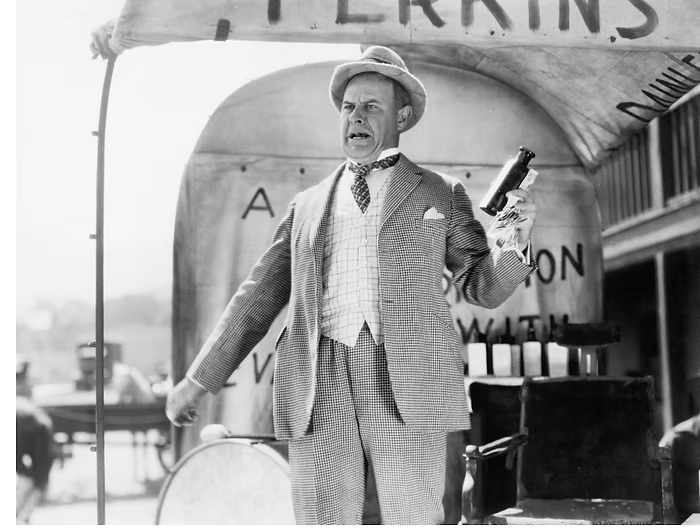🏞️ How fear, folklore, and a frozen river in 18th-century Vermont turned one widow into the state’s only accused witch … and why her story still chills and teaches today.
By Gina Hill | Alaska Headline Living | October 2025
On a cold autumn night, the story of a lone woman shoved through a hole in the ice onto the Hoosic River reads like something out of Salem: fearful neighbors, a brutal “test of innocence,” and a woman pulled from the water and set free by the very community that condemned her. In fact, that story belongs to Margarete (or Margaret) Krieger … the so-called “Widow Krieger” … who is the only person in Vermont’s recorded history to be put to a witch-trial ordeal. VTDigger+1
What we actually know, and what we don’t
The basic outline of Krieger’s case comes to us not from a courtroom ledger but from later local histories and oral tradition. Contemporary records are sparse; much of what modern researchers rely on traces back to a short 19th-century account in T.E. Brownell’s Vermont Historical Gazetteer and later retellings gathered by local historians and folklorists. That limited documentation makes the event as much folklore as legal record, but the consistency of the tradition, and the new attention it has received, mean the story has resumed a place in Vermont memory. Seven Days+1
The scene: Pownal, the Hoosic River, and a dangerous test
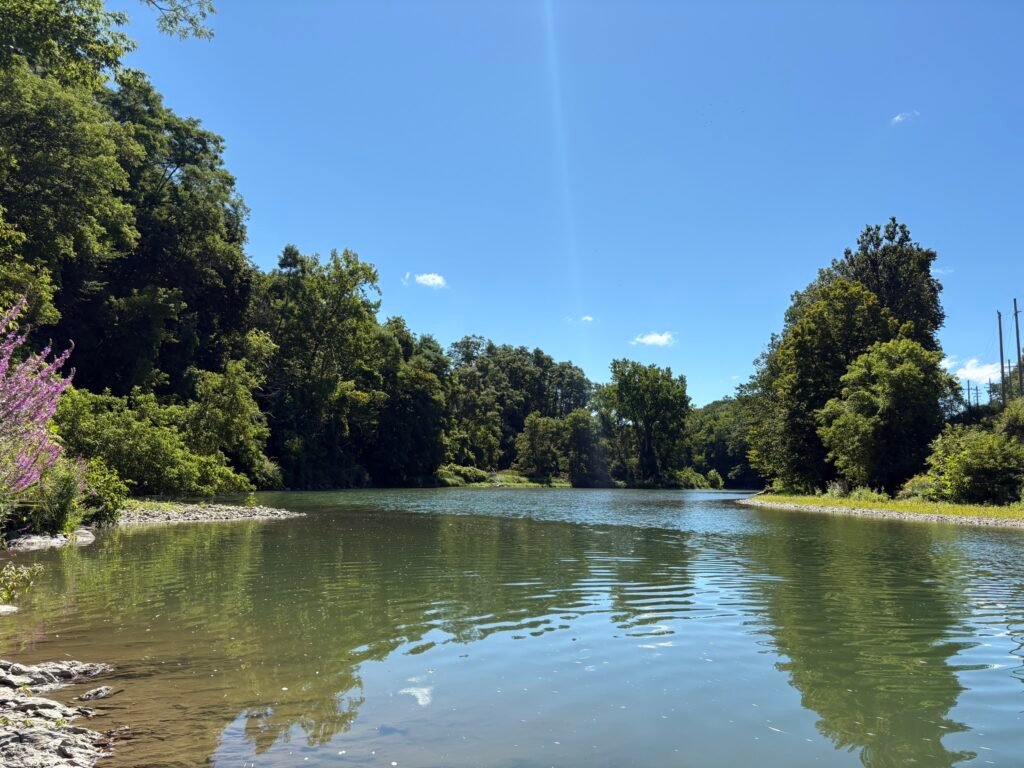
By most accounts compiled by local reporters and historians, Krieger was a mill owner’s widow who lived near the Hoosic River in what is now North Pownal. After her husband died (often dated to 1785 in the retellings), neighbors began to suspect her of “extraordinary” powers … a phrase that in centuries past all too often translated into accusations of witchcraft. A town safety committee or similar local body convened; rather than a formal trial in a court of law, Krieger was given the brutal choice of a medieval-style “ordeal”: either climb a tree that would be sawed down with her in it, or be dunked into the icy river through a hole in the ice. She chose the river. According to the tradition on the marker and local reporting, Krieger sank to the bottom and was rescued … a result read as proof of innocence, and one that spared her from execution.
Who was Margarete Krieger?
Local research suggests she was born in Williamstown, Massachusetts (around the 1720s), married Johann Juri Krieger in the 1740s, and together they ran mills on the Hoosic. After the trauma of accusation, later accounts say Margarete returned to Williamstown and died there in 1790; her grave has been identified in that town’s Westlawn Cemetery and has drawn visitors and researchers. But because so much of the story comes through folklore and retrospective histories, historians urge caution about treating every detail as fact rather than local legend.
Why this small, local story matters today
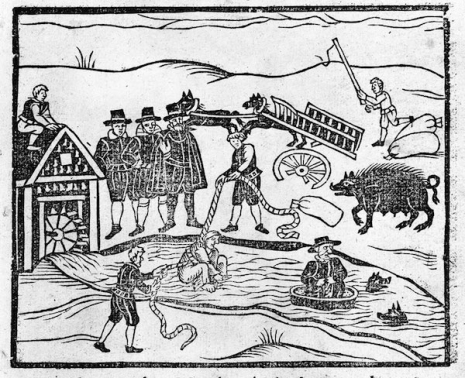
On Halloween it’s tempting to treat witch stories as seasonal chills … costumes and candy and campfire thrills. But the Widow Krieger episode is also a useful, unsettling reminder that the machinery of accusation and scapegoating didn’t die with late-17th-century Salem. Far from being confined to famous trials, the impulse to ostracize those who are different, successful, elderly, widowed, or simply disliked has recurred across centuries and geographies. Krieger’s ordeal illustrates how communities sometimes took “justice” into their own hands, mixing superstition, fear, local power imbalances, and social envy. VTDigger+1
Commemoration and the effort to remember honestly
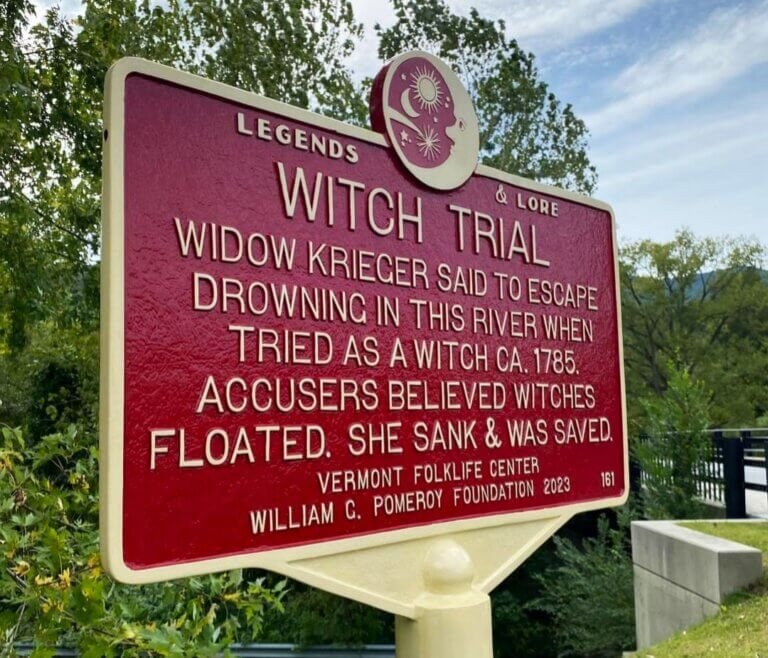
In recent years Pownal and regional historians have worked to acknowledge this fraught past. In 2023 a Legends & Lore roadside marker was placed by the Hoosic River, and local groups organized memorial events and a “witches’ walk” to mark the site and to prompt conversation about what the trial means for today.
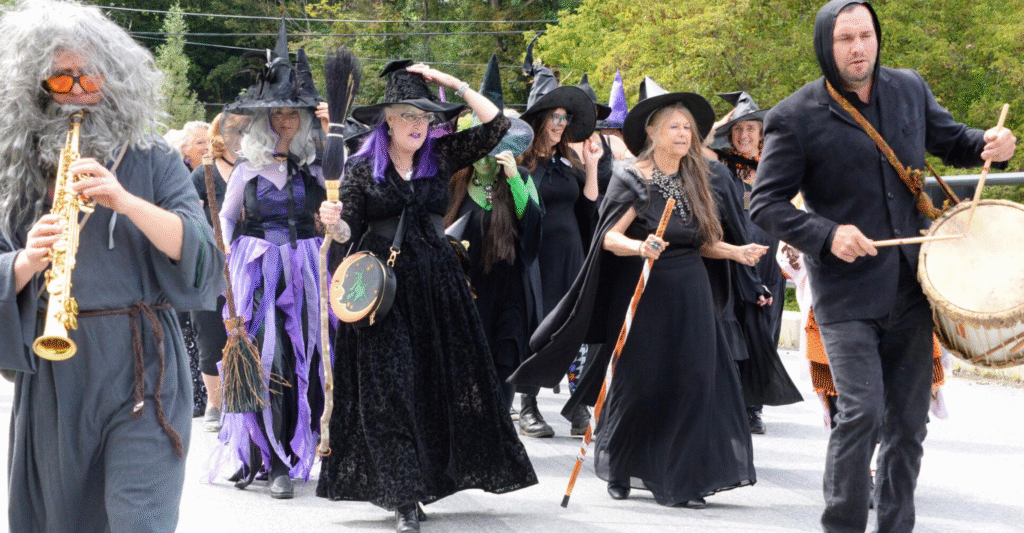
The marker and ceremonies have helped move the Widow Krieger story from obscure local lore to a public moment of reflection about the costs of rumor and the human consequences of communal fear. AP News
What to take from Krieger’s story this Halloween

If you’re carving a pumpkin or taking children trick-or-treating, think for a moment about how quickly prejudice can become violence, even violence sanctioned by neighbors. Remembering Widow Krieger at the riverbank isn’t primarily about doom-scroll-level horror; it’s about tracing the human lineage of suspicion and asking how communities can protect people rather than punish them for being different. That’s the kind of reflection that turns a Halloween tale into a lesson in civic empathy.
📖 For further reading
Local reporting and folkloric investigations have done the heavy lifting on collecting the scattered references: VTDigger’s reporting on the marker dedication, Seven Days’ exploration of the trial’s place in Vermont memory, and New England Public Media’s piece tracing Krieger’s life are especially helpful starting points. For those who want to dig deeper into the scholarship (and the gaps), those reports and the Legends & Lore materials are cited below.
Sources: reporting and local history compiled from VTDigger, Seven Days, New England Public Media, the William G. Pomeroy historic marker program, Associated Press coverage of the 2023 marker dedication, and regional folklore projects. VTDigger+2Seven Days+2

